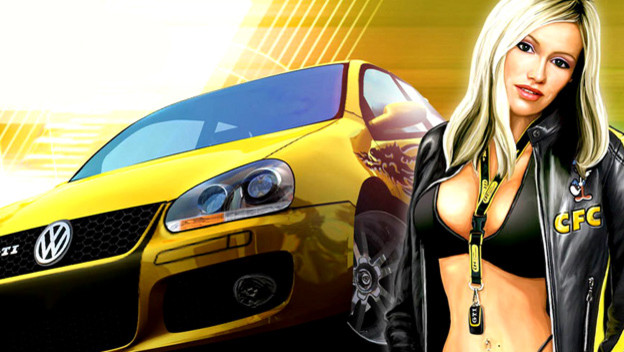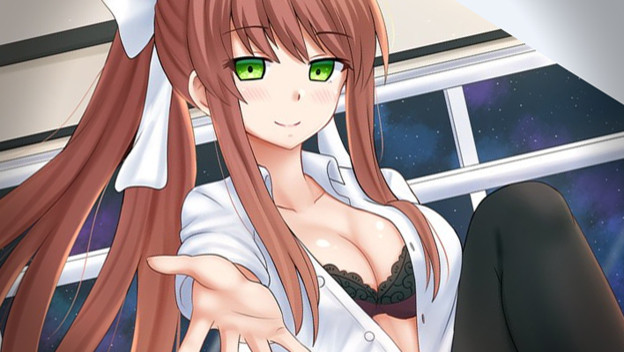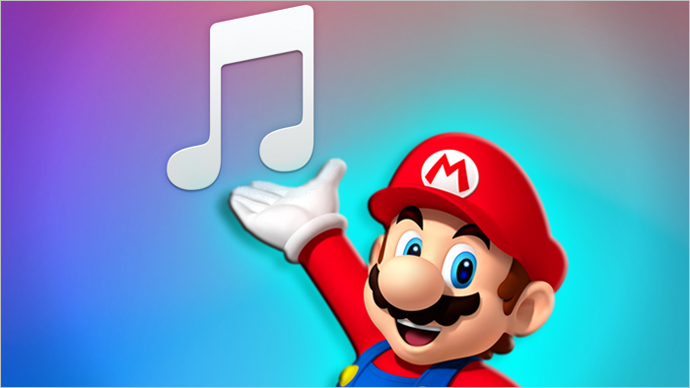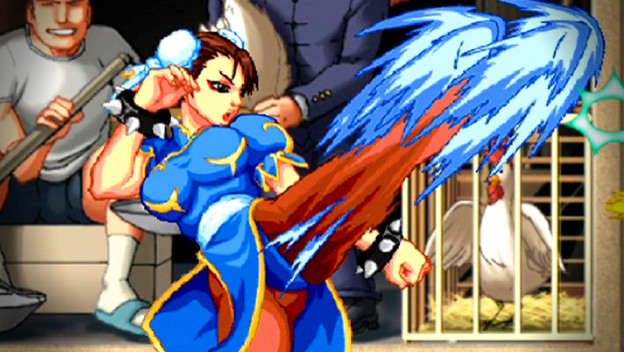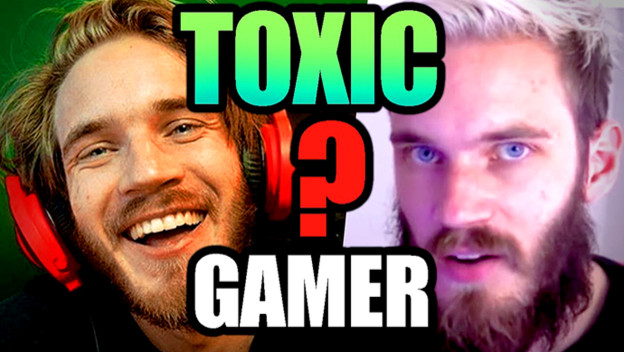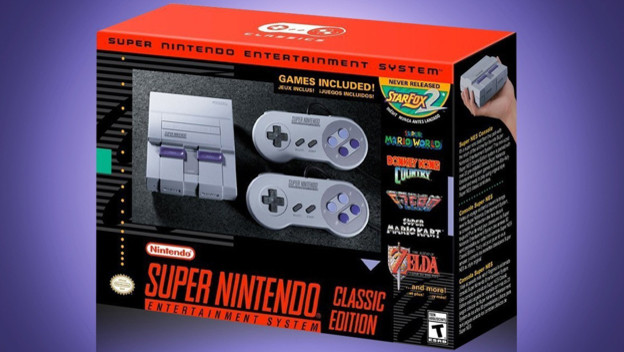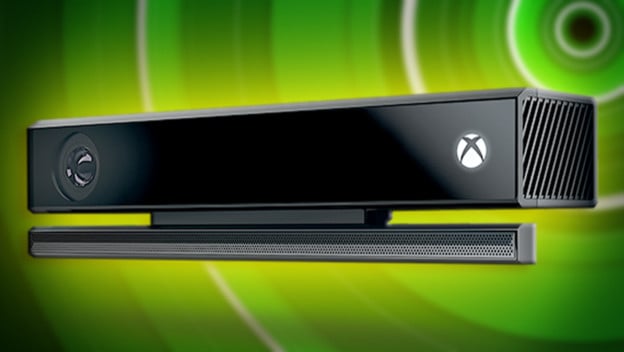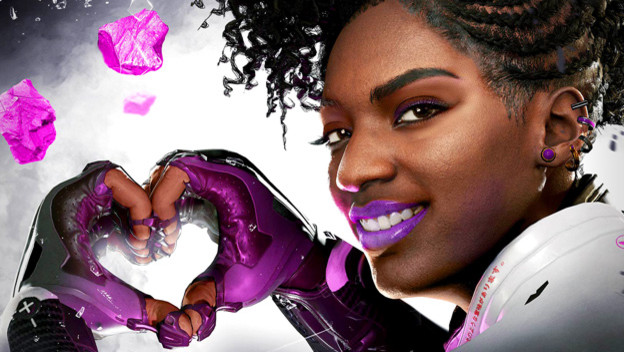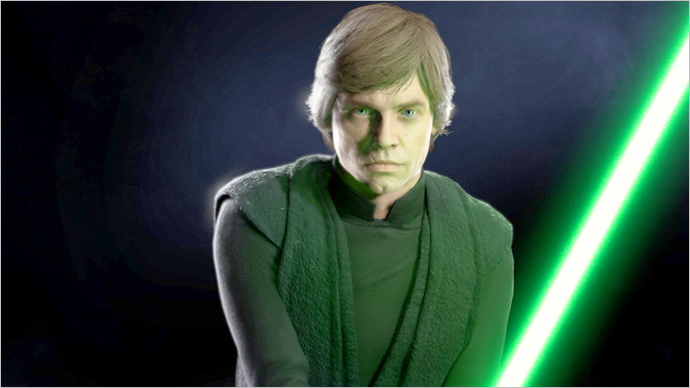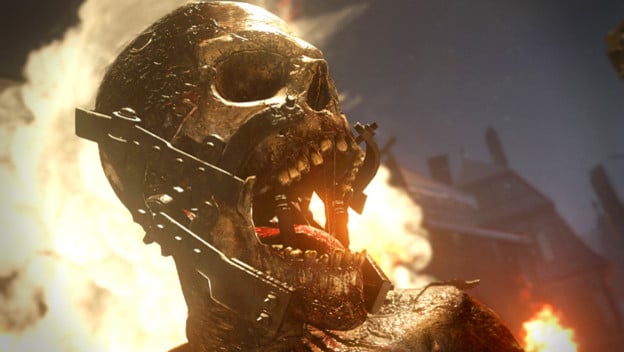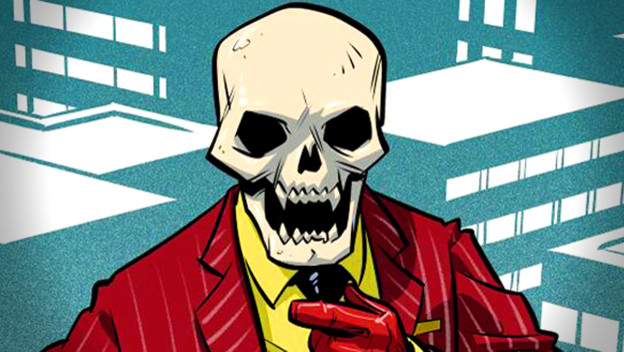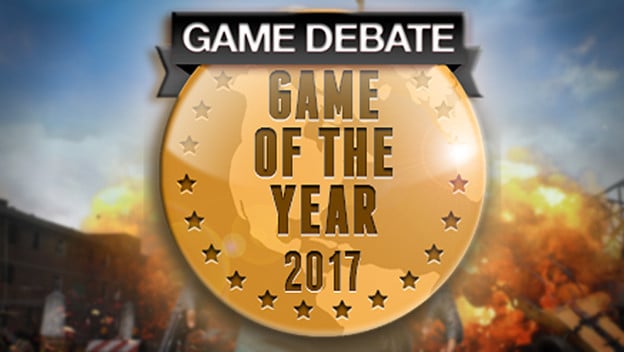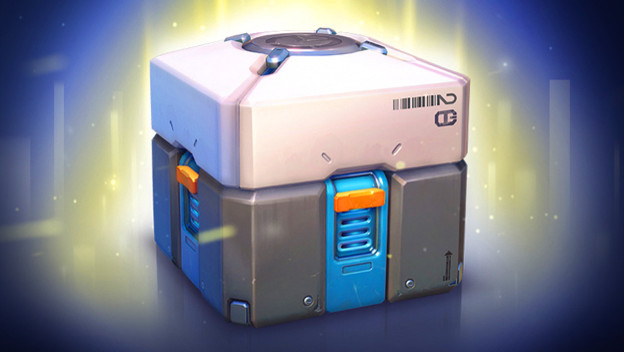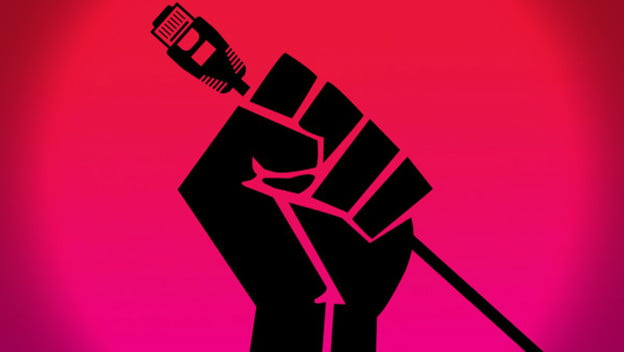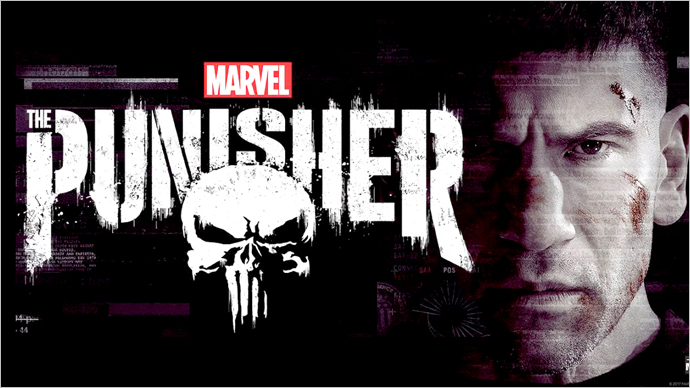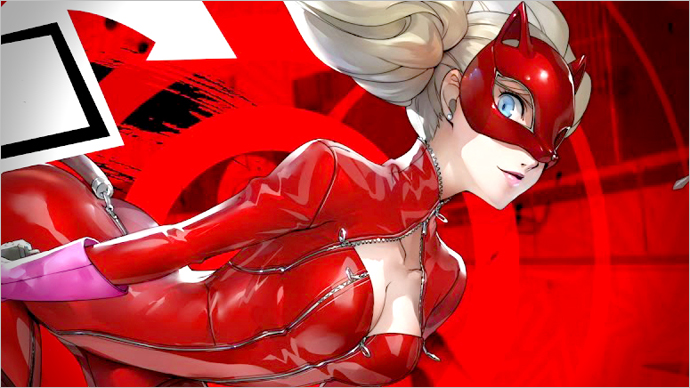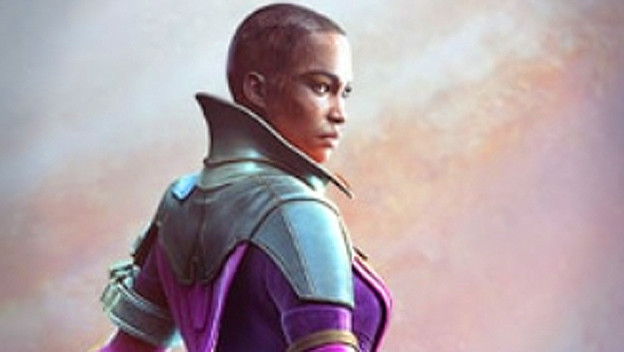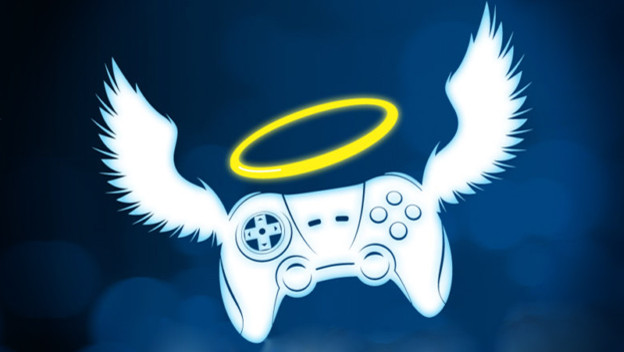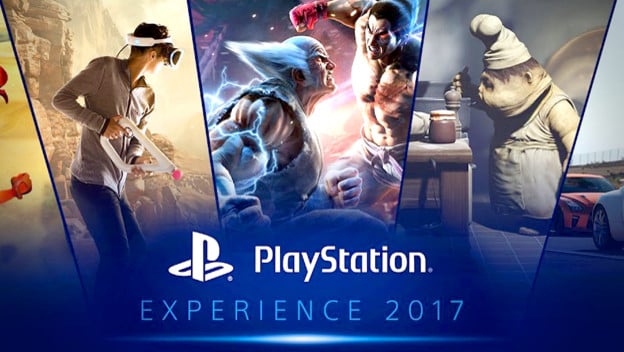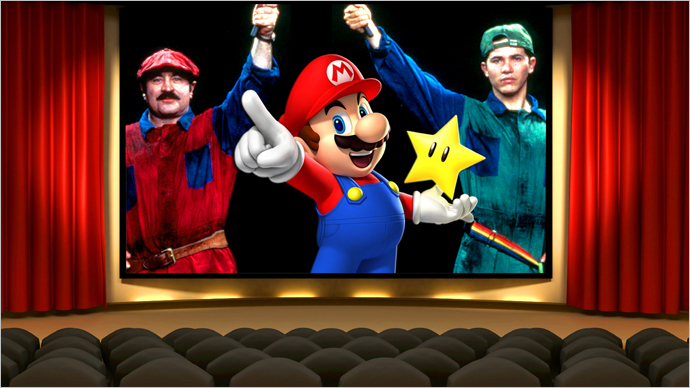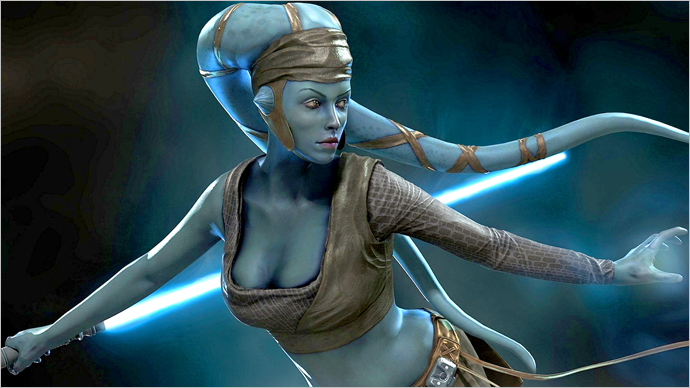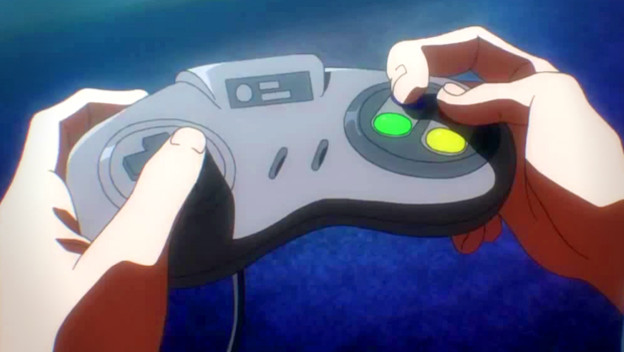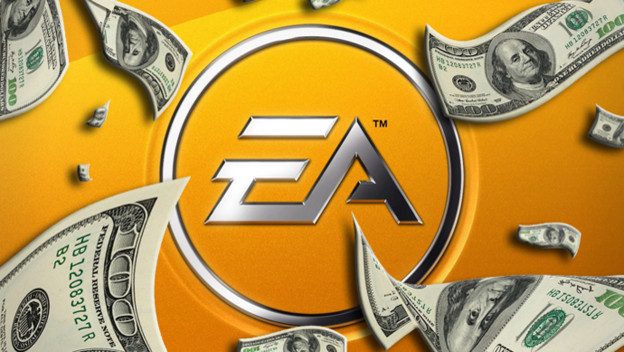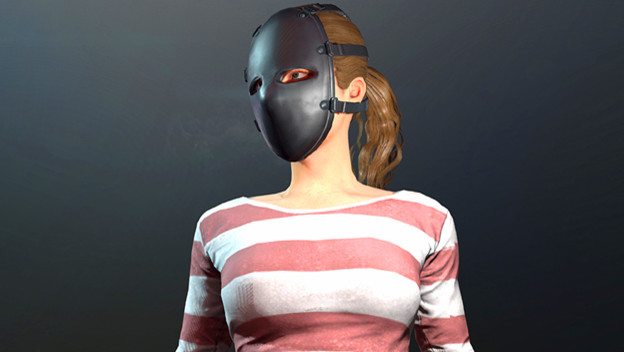
| System: PS4, Xbox One, PC |  |
| Dev: Ubisoft San Francisco | |
| Pub: Ubisoft | |
| Release: October 17, 2017 | |
| Players: 1 Player | |
| Screen Resolution: 480p-1080p | Blood and Gore, Mature Humor, Nudity, Sexual Content, Strong Language, Use of Drugs, Violence |
What ensues is nearly every South Park: The Fractured but Whole battle playing out the exact same way, unless a structural gimmick is introduced. Even your main character doesn’t learn new skills over time naturally. At various points in the story, you can choose a new sub-class, but chances are most of your options are going to again be variants of what you already had in the first place. You can’t switch party members mid-battle like you could in South Park: The Stick of Truth, but there isn’t any reason to anyway.
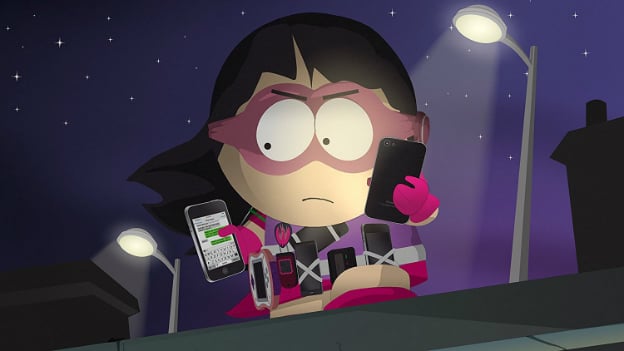
Instead of playing with skills or abilities, much of South Park: The Fractured but Whole’s progression lies in equipment. Your character can equip “artifacts,” gaining extra slots as they level up. These make various numbers and percentages go up, scaling your survivability up with the game’s rising difficulty. While it first seems like you can maybe specialize in specific techniques, you end up picking the options that make your overall “might” increase. This is paired with a really simple crafting system. All the random items you pick up from yellow-identified objects on the map go into category pools, and you essentially dump them into making consumables, new artifacts, or costume items. There’s very little to consider outside of just having resource numbers, so clicking through the crafting menu quickly feels like a chore.
One final, major comparison point between South Park: The Fractured but Whole and South Park: The Stick of Truth lies in puzzles and other non-combat interactions. In the original, you would often find yourself navigating large spaces full of enemies. But you could also, with a keen eye, find ways to interact with the environment and, if successful, skip entire encounters while still getting rewarded. This made a lot of the game feel more open to nuance, with portions of it taking on an almost adventure game feel. South Park: The Fractured but Whole again makes the nuance less so, spelling things out for the player and often making puzzles mandatory parts of progression. This makes it feel more like a LEGO game, in which you find a roadblock, leave, find the right new character, and make the roadblock go away. It is largely defanged by this new design philosophy, making the critical path feel like the only path and much of the side content being “find x hidden object” over and over again. Making your way through the game this time just isn’t fun. It’s boring.
Sometimes, you have no choice but to end a review wondering who the game is for. South Park: The Stick of Truth, I feel, made such a huge splash because not only was it a faithful South Park game, it also made concessions to be appealing to a larger audience. A known outside developer, Obsidian, was brought in to make what otherwise could have been a boring experience something the average RPG fan could sink their teeth into. South Park: The Fractured but Whole feels like it’s for the superfan, the person who has been with the series since 1997 and has a shelf full of merchandise. It is for the kind of person who finds glee in self-referential content and doesn’t mind clicking through a bunch of banal video game tropes to find the next “I recognize this thing and clapped!” moment. South Park: The Fractured but Whole feels dated, shallow, and lacking in the purpose or self-awareness needed for a work of satire to hit its mark. It feels like it’s trying too hard to recapture that edge. It is as if it believes that if it makes fun of black and queer people enough, it’ll stir up those old headlines and controversies that made South Park feel like something more than another multi-million-dollar intellectual property pushed through a corporate conveyor belt.
|
By Lucas White Contributing Writer Date: 10/16/2017 |
Game Features:







